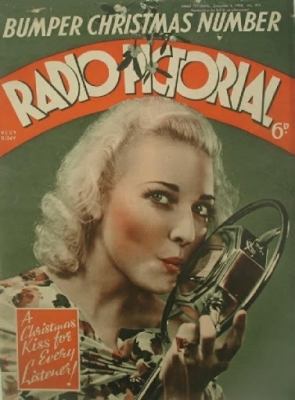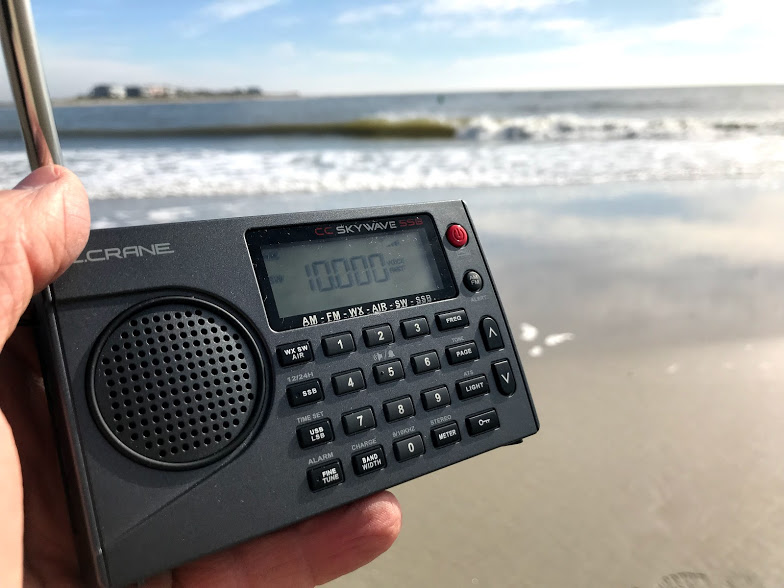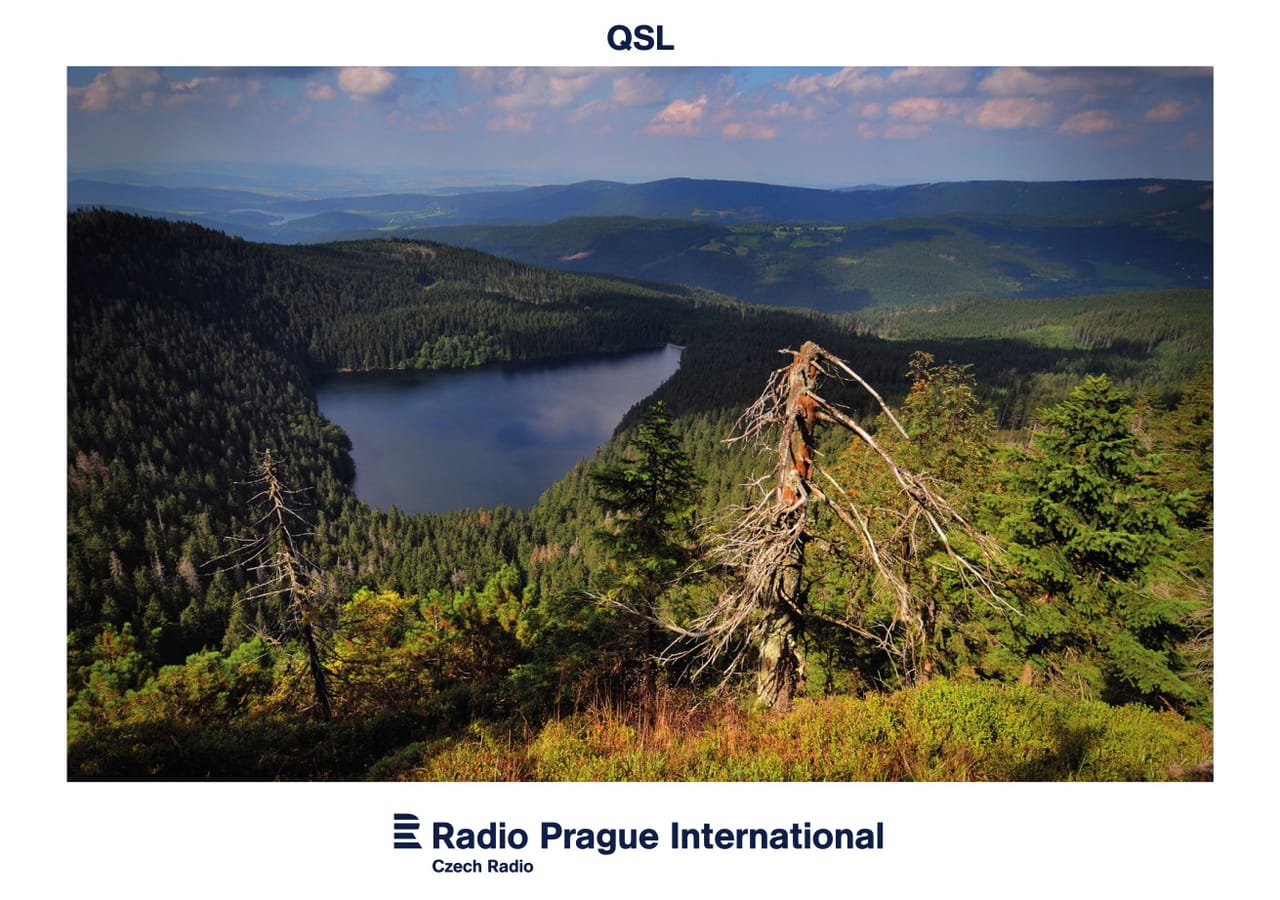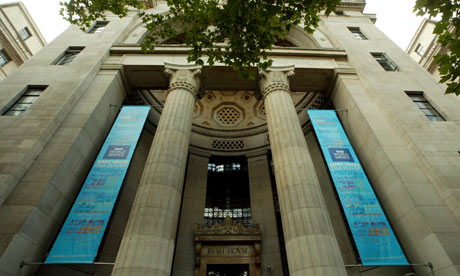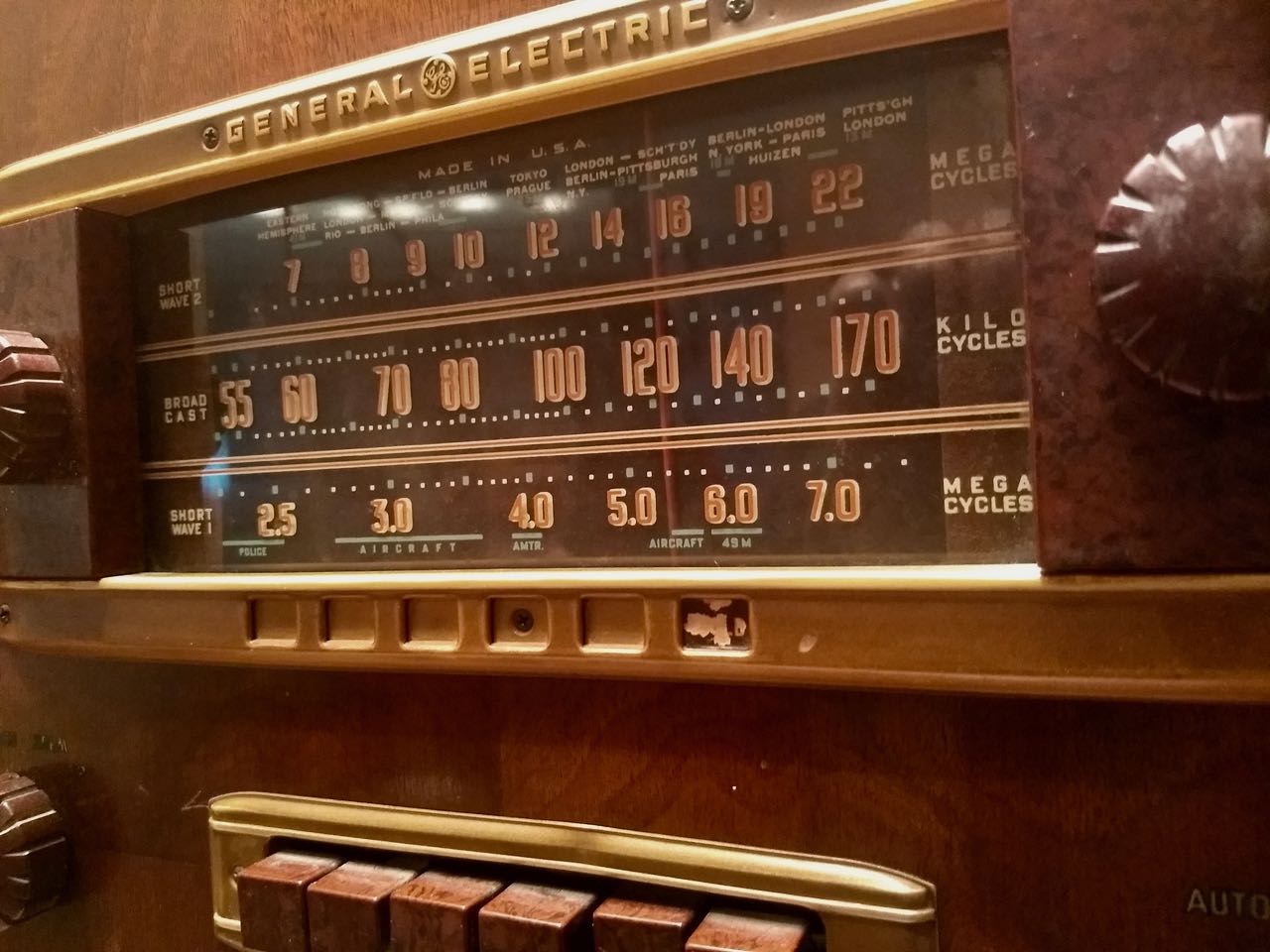
Maj. Gen. Ralph Royce (second from right), 9th Air Force deputy commander, with engineers on the Normandy beachhead one day after D-Day. (U.S. Air Force photo)
Many thanks to SWLing Post contributor, Kris Partridge, who writes:
With the imminent approach, Thursday, June 6, 2024, of the 80th anniversary of D-Day, followed by operation Overlord.
Being both a radio amateur and in the broadcast industry , I have done a little research and find the two items, below, relating to D-Day and post-D-Day communications and broadcasters.
One, from the BBC Archives for a UK ‘view-point’
and Two, from RadioWorld for the US angle
But remember it was nearly a year away to VE-Day, so more research to be done on the effort of broadcasters to “bring the story home”
Also, one amateur radio related note: A SES (Special Event Station) with the callsign GB8ODD: https://g5fz.co.uk/up-coming-special-event-stations-by-the-lswc/
Being a WWII history buff, I really appreciate the links. Thanks, Kris!

